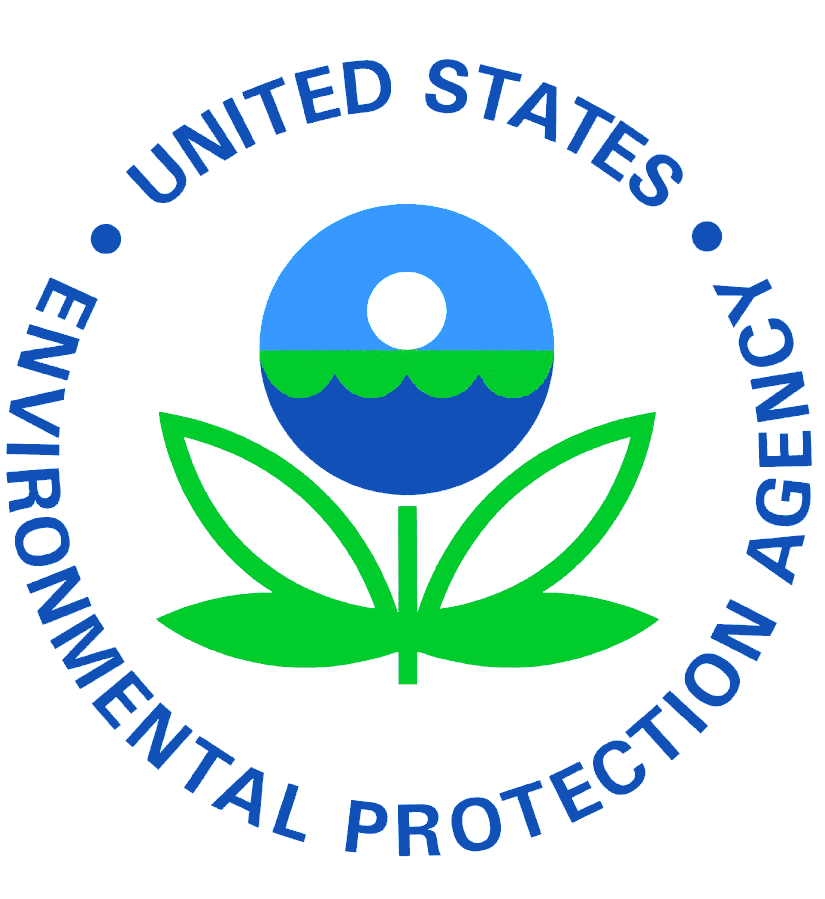The environment is a vital part of human civilization and everyone around the world is encouraged to maintain it for a sustainable future.
There are many factors that add to the destruction of our environment. These factors include air pollution, improper recycling habits, deforestation, geological change and much more. Currently the world is said to be at its worst state when it comes to a clean sustainable environment. World renowned scientist Stephen Hawking stated that he believes in the current state the earth is in, and the amount of human caused pollution, the earth wont be able to survive another 1000 years.
Recently president Donald Trump has appointed Scott Pruitt as the head of the Environmental Protection Agency. Pruitt is a well known denier of climate change and a fossil fuel ally. Having Pruitt as head of the EPA completely contradicts what the purpose of the EPA is.
This could have a negative effect on not just the U.S. but the rest of the world as well. The disregard for the sustainability of our planet can result in a spike in air pollution, contaminated water ways and more.
A recent study from the EPA.gov showed that the changing climate has an affect on the human body. One of these affects are a heightened risk of developing asthma and an increase of natural allergens such as tree pollen and grasses/weeds.
Global warming poses the biggest threat to society by heating up the average temperature of the earth. This affects the air, soil, crops, sea level and bio diversity. According to NASA.gov the amount of carbon dioxide in the atmosphere is at 405.92 parts per million which is the highest its been in over 650,000 years.
What can you do to help out the planet? You can recycle more paper and plastic to reduce landfills. Try not to waste valuable resources like water. You can also try cut down on the use of driving a car as much as possible or try carpooling. There are many ways we can help rebuild a sustainable environment, however Scott Pruitt and the Trump administration can pose a threat to that.
If you would like to learn more you can visit EPA.gov or NASA.gov to learn more.













